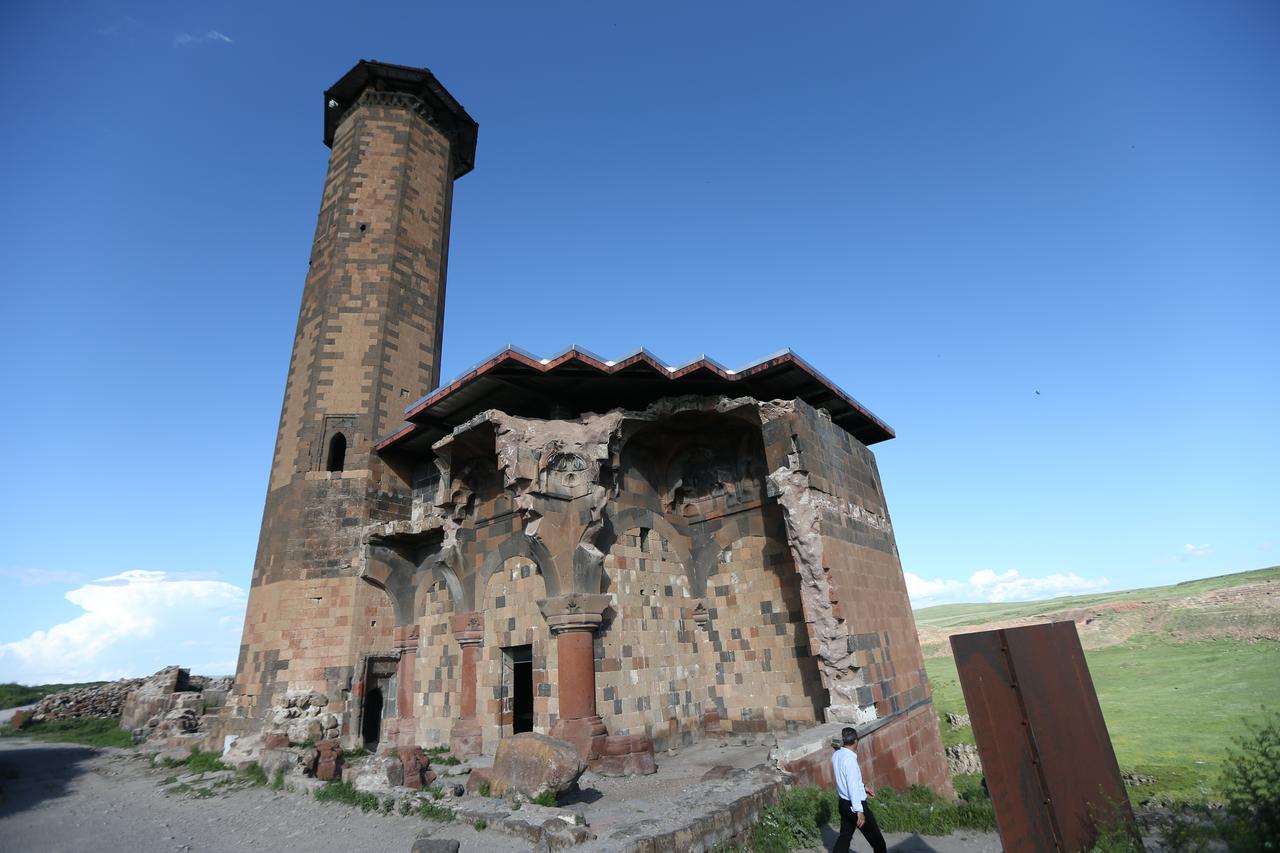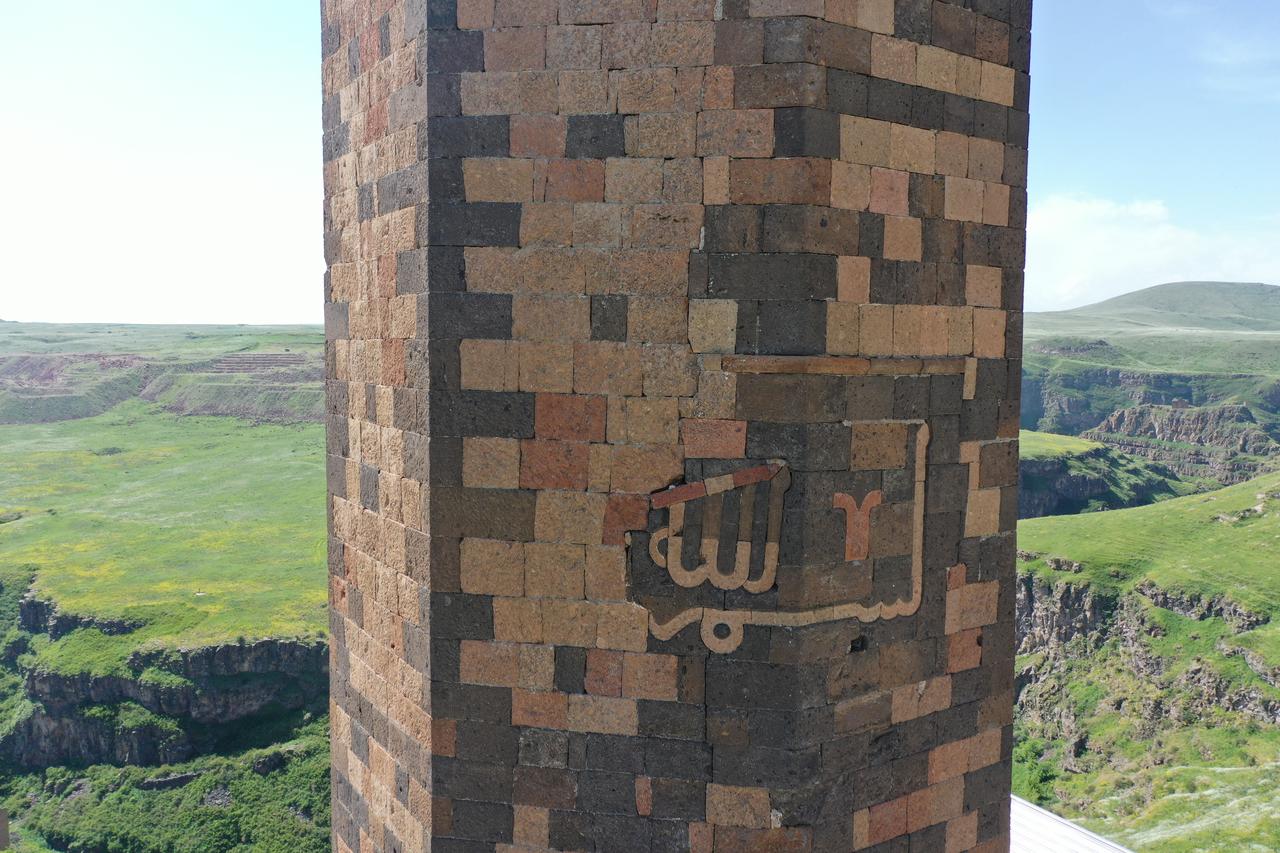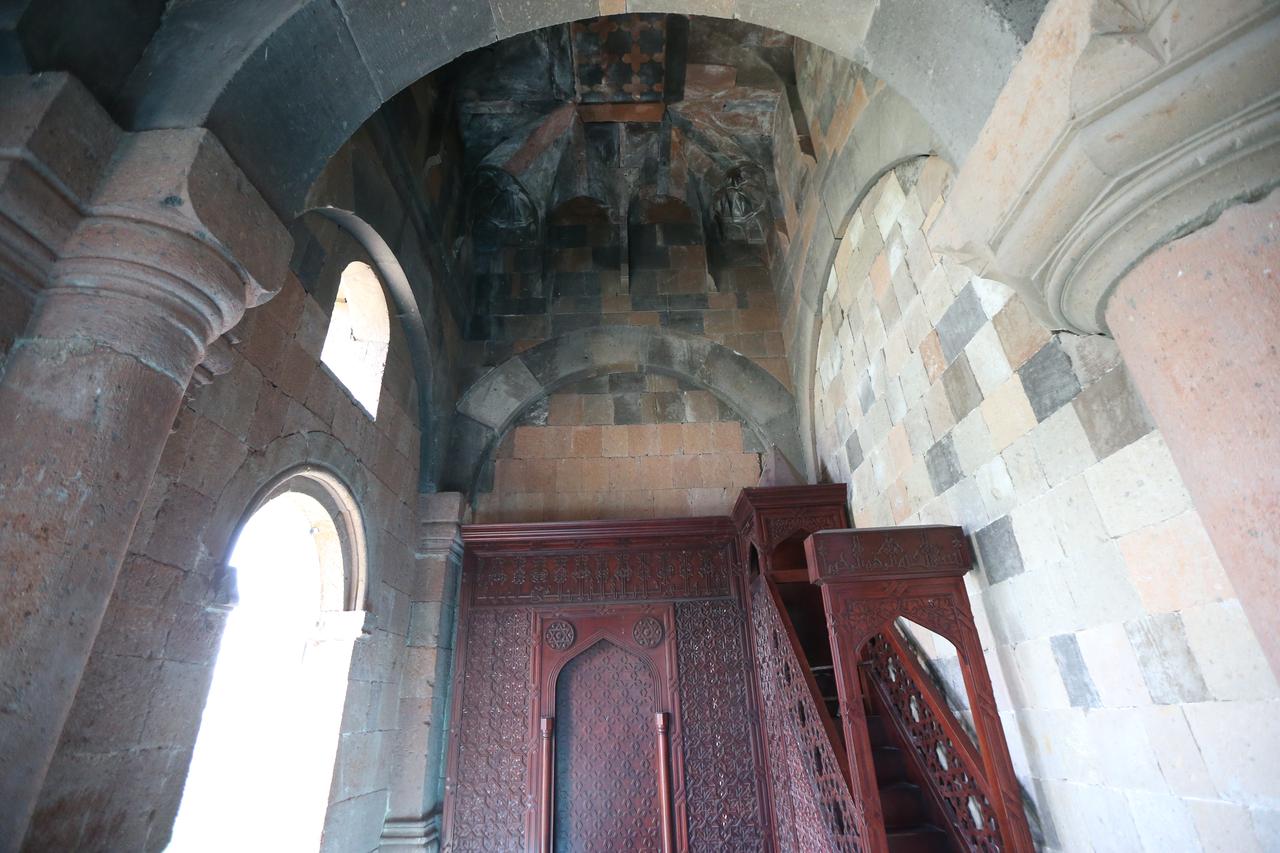
Menucihr Mosque—often called the Ani Grand Mosque—stands out as the earliest mosque built by Turks in Anatolia and has quietly come back into use after conservation work, bringing the five daily calls to prayer (adhan) back to the ancient site.
The mosque, which dates to the late 11th century, sits within the archaeological site of Ani, a UNESCO World Heritage Site on the Türkiye–Armenia frontier.

Ani occupies a dramatic setting between two deep, narrow gorges of the Arpacay River that help mark the Türkiye–Armenia border.
Over the centuries, it has served as home to a long sequence of rulers and cultures, and scholars and officials note that, since its founding, Ani has hosted 23 distinct civilizations.
The city passed from the Bagratid Armenian kingdom (884–1045) to Byzantine control (1045–1064) before Sultan Alp Arslan captured it on Aug. 16, 1064, after which the site opened up as an entry point for Turkish polities into Anatolia.

Commissioned under Sultan Melikshah and built between 1072 and 1092 by Ebu’l Menucehr, the Menucihr Mosque is identified by archaeologists as the first Turkish mosque in Anatolia.
The site’s excavation director has pointed to documentary and photographic evidence linking the structure to Melikshah’s reign; as he put it, “It is clearly recorded in that inscription that the mosque was built by order of Sultan Melikshah.”
Architecturally, the mosque follows a multi-courtyard plan with three main bays, a layout that researchers say anticipates elements later seen in larger Seljuk mosques.
The excavation director described the building as “in effect a prototype of the Great Mosque at Divrigi,” noting similarities in entrance treatments, internal bay arrangement, and the tradition of a domed mihrab area—the niche that indicates the direction of prayer.

The mosque suffered damage during the 1877–78 Russo-Ottoman conflict, commonly referred to in regional sources as the “93 Harbi” (the “93 War”), and stood largely unused for nearly a century afterward.
In 2022, under a protocol with the Serhat Kalkinma Ajansi (a regional development agency), teams fitted the mosque’s openings with demountable materials, laid carpet, and made the interior suitable for worship.
These temporary measures allowed prayer to resume and the adhan to be heard at the site once again.
Under the oversight of the Ministry of Culture and Tourism, the mosque’s measured survey (rolove), restitution (reconstruction drawings), and full restoration projects have been prepared and taken into the ministry’s Heritage for the Future Project.
Officials say a comprehensive conservation campaign is planned in the near term to secure and restore the structure more permanently.